Sara Sweeney never planned on becoming a firefighter. The 21-year veteran of the US Forest Service is the woman to head her elite Arizona-based unit, and one of the few female leaders in a job that’s 96% male.
Sweeney and her crew spend most of their year traveling to battle the country’s biggest blazes, most recently the Bobcat fire, which has torn through roughly 114,000 acres in southern California. But when she was growing up in Washington DC, wildland firefighting wasn’t exactly on her radar.
The idea of fighting fires was first put to her by a volunteer firefighter she met while hitchhiking at 19, but she initially balked at the idea. “The way he described the work, I remember thinking, ‘Oh my God, why would anyone want to do that?’” she says during a two-day reprieve from the front lines.
‘It’s our job to help’: the genealogists tracking down missing people after devastating fires
Read more
It would only take a few more years, and a lot of intermittent outdoor labor, before she’d find her way to a signup sheet. “I picked corn. I bucked hay. I made snow. I worked roofing. I did construction,” she says – and then, she learned about smoke jumping. That’s when firefighters parachute into dangerous and rugged terrain. The idea was enticing.
“I marched my little butt down to the local district office and was like: ‘I want to fight fire!’” she says with a laugh. “And they were like: ‘Oh, do we have a job for you! Here is a packboard and a jerrycan. Go hike up that hill.’” She would spend a few years on a brush disposal crew, wielding a chainsaw and helping on prescribed burns before battling her first big fire, in the Fishlake national forest in Utah. “Then I had the bug. That was it,” she says.
Aside from the three seasons she spent rappelling from helicopters into wildland fires with a crew in Washington state, Sweeney has dedicated her career to serving on what are known as “hotshot crews”, like the one she now leads. Her Mormon Lake Hotshots, a crew of 21 based in Flagstaff, Arizona, is one of 110 hotshot crews across the country. Aptly named, these highly trained crews are typically deployed to the hottest parts of the biggest fires. The work is hard and dangerous. Charles Morton, a 39-year-old member of a California hotshot crew, lost his life last week while battling the El Dorado fire near Los Angeles.
Weighed down by 40-50lb packs filled with life-saving essentials, food, water, and headlamps, perhaps lugging 28lb chainsaws, these men and women spend their 16-hour shifts carving out a fire line and trying to contain the flames across difficult terrain. They work through triple-digit temperatures, cold, dark nights, and for weeks at a time, sleeping on the ground when their work is done for the day.
And, Sweeney says, it’s only getting harder. Fire season is stretching longer each year, and resources are wearing thin. In years past, there was a cycle to the work. Her station’s season followed predictable weather patterns across western states, beginning in the spring in Arizona and New Mexico, then moving into the north-west before ending in California for fires in the dry autumn.
This reality meant hotshot crews were able to deploy in a manageable way. But now the seasons are blurring into one another, with fires erupting across the west – and all at once.
“We are asking people to do more with less. That’s the hard part.” Sweeney says. “And there is no end in sight.”
There’s also more pressure. Sweeney’s work was always in the wildlands. Now, she and her crews are battling to save lives and homes. “People are building more houses in weird places where they don’t belong and we are being forced to deal with the consequences,” she says.
Sweeney says she’s witnessed first-hand the issues that come with increasing development in the interface between wildlands and cities, which has exacerbated the destructiveness of California’s fires. Many argue such development is a symptom of the state’s housing crisis, but firefighters like Sweeney also worry people aren’t doing enough to prepare for living in a high-risk zone. “People need to expect that we can’t be responsible for their safety,” she says. “People need to be prepared.”
With the work getting harder, there’s also fewer recruits. Departments – from volunteer to federal – are seeing shortages. Fewer firefighters overall means fewer female firefighters coming onboard, and gender disparities continue to run rampant.
‘They’re suffering now’: Americans scramble to adapt to daily reality of climate crisis
Read more
“There are less women now in fire than there were when I started,” Sweeney says. There are also documented issues with harassment and discrimination that lead some women to cut their careers short. Some fire stations have failed to even accommodate proper sleeping, bathing, and restroom facilities for women.
Sweeney has been a vocal advocate for women but is also trying to lead by example. “I have had a great career. I don’t wave the gender flag,” Sweeney says. “As far as females in fire – if they want to be here, they should be here,” she adds, saying that gender shouldn’t be a consideration, only the ability and desire to rise to the challenge of this work. “We are making life and death decisions. We are not playing patty cake.”
And while the work may be getting tougher, Sweeney says she’ll be fighting fires for years to come. She copes by “feeding the machine”: running ultra-marathons, backcountry skiing, bike riding and eating good food. “I spend good quality time with my husband, I like to go eff around in the garden for a while. I get massages. I get my toenails painted – whatever,” she says with a laugh. “I want to be able to do this as long as I want to do it.”











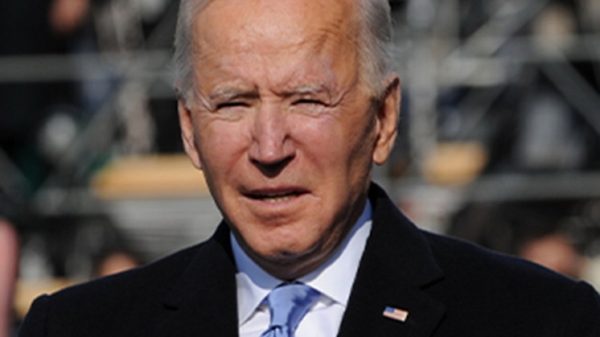
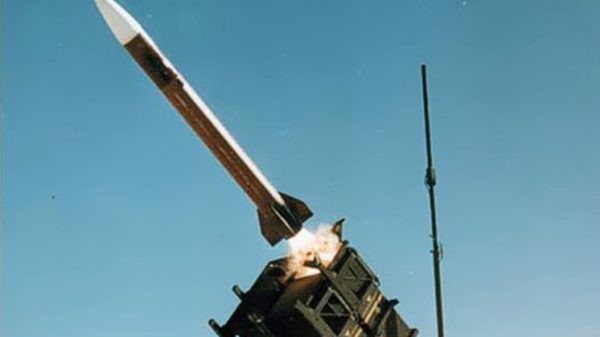




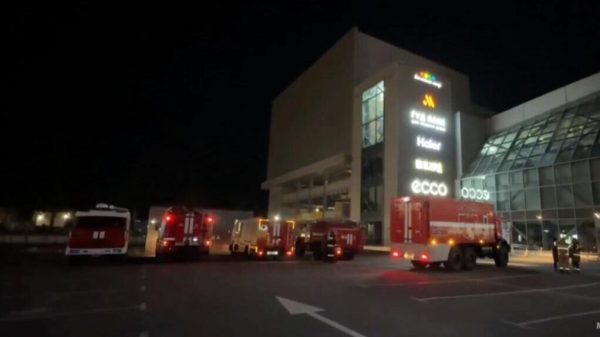
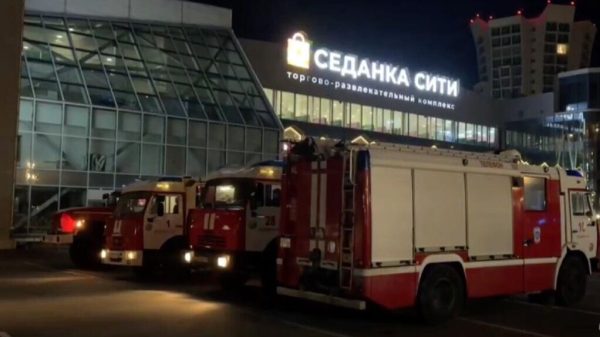

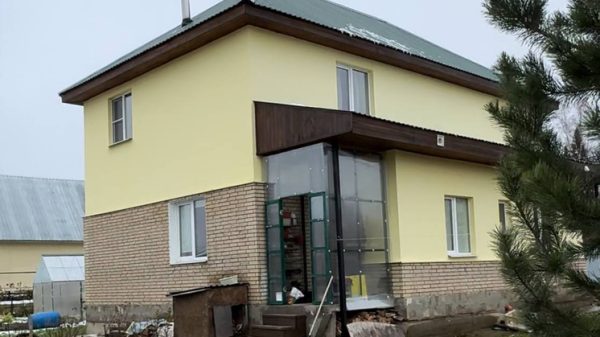

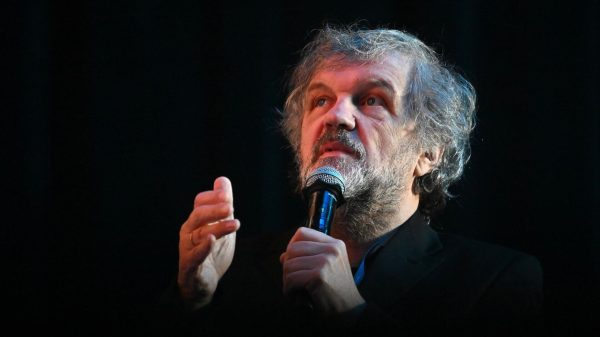
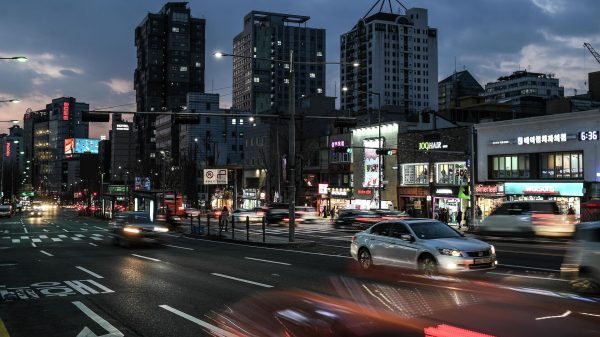




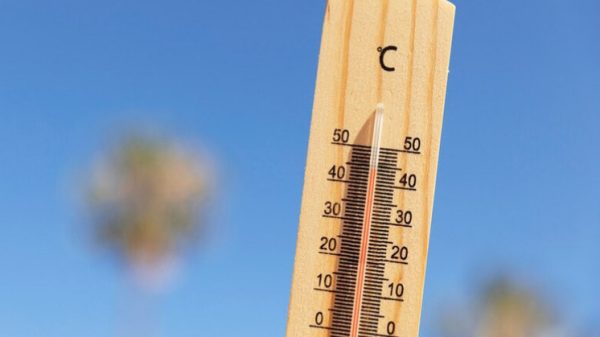
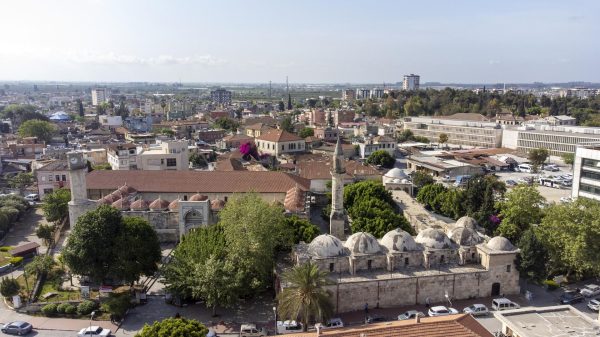

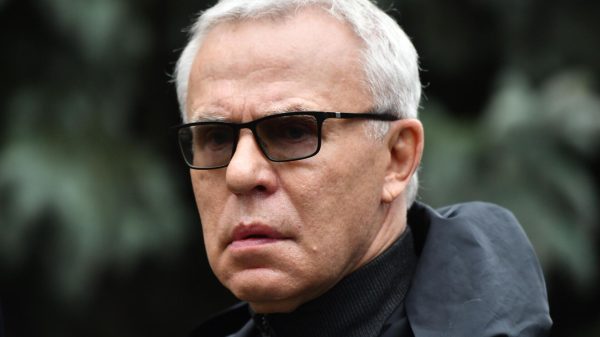



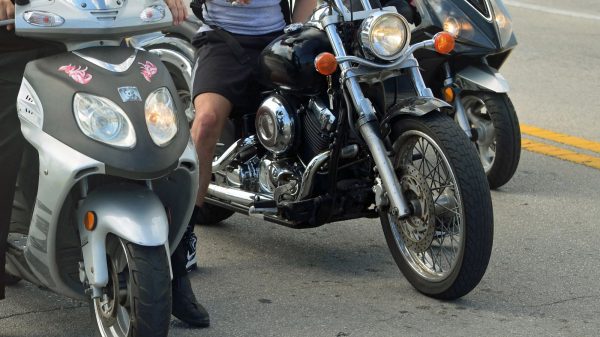









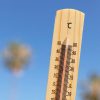






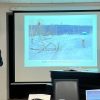







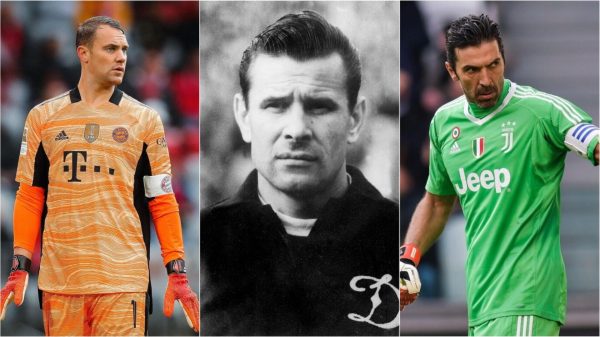
Свежие комментарии